ΔH>ΔE for the reaction
CH4(g)+2O2(g)→CO2(g)+2H2O(g)
N2(g)+3H2(g)→2NH3(g)
C2H4(g)+3O2(g)→2CO2(g)+2H2O(g)
CaCO3(s)→CaO(s)+CO2(g)
The correct Answer is:D
To determine when ΔH (enthalpy change) is greater than ΔE (internal energy change) for a given reaction, we can use the relationship between the two:
1. Understand the Relationship:
The relationship between ΔH and ΔE is given by the equation:
ΔH=ΔE+Δ(PV)
where PV=nRT. Therefore, we can rewrite it as:
ΔH=ΔE+Δn⋅RT
Here, Δn is the change in the number of moles of gas (products - reactants).
2. Identify Δn:
To find when ΔH is greater than ΔE, we need to analyze Δn:
ΔH>ΔE⟹Δn⋅RT>0⟹Δn>0
This means that the number of gaseous moles in the products must be greater than that in the reactants.
3. Evaluate Each Reaction:
We will evaluate the given reactions to find Δn:
- Reaction 1: Products = 2 moles (gaseous) and Reactants = 2 moles (gaseous)
Δn=2−2=0
- Reaction 2: Products = 3 moles (gaseous) and Reactants = 1 mole (gaseous)
Δn=3−1=2
- Reaction 3: Products = 4 moles (gaseous) and Reactants = 4 moles (gaseous)
Δn=4−4=0
- Reaction 4: Products = 1 mole (gaseous) and Reactants = 0 moles (gaseous)
Δn=1−0=1
4. Determine the Conditions:
- For Reaction 1: Δn = 0 → ΔH = ΔE
- For Reaction 2: Δn = 2 → ΔH > ΔE
- For Reaction 3: Δn = 0 → ΔH = ΔE
- For Reaction 4: Δn = 1 → ΔH > ΔE
5. Conclusion:
The reactions where ΔH is greater than ΔE are those with positive Δn, which are Reaction 2 and Reaction 4. Therefore, the correct answer is the option corresponding to these reactions.
Final Answer:
The correct answer is Reaction 2 and Reaction 4.
The relationship between ΔH and ΔE is given by the equation:
ΔH=ΔE+Δ(PV)
where PV=nRT. Therefore, we can rewrite it as:
ΔH=ΔE+Δn⋅RT
Here, Δn is the change in the number of moles of gas (products - reactants).
To find when ΔH is greater than ΔE, we need to analyze Δn:
ΔH>ΔE⟹Δn⋅RT>0⟹Δn>0
This means that the number of gaseous moles in the products must be greater than that in the reactants.
We will evaluate the given reactions to find Δn:
- Reaction 1: Products = 2 moles (gaseous) and Reactants = 2 moles (gaseous)
Δn=2−2=0
- Reaction 2: Products = 3 moles (gaseous) and Reactants = 1 mole (gaseous)
Δn=3−1=2
- Reaction 3: Products = 4 moles (gaseous) and Reactants = 4 moles (gaseous)
Δn=4−4=0
- Reaction 4: Products = 1 mole (gaseous) and Reactants = 0 moles (gaseous)
Δn=1−0=1
- For Reaction 1: Δn = 0 → ΔH = ΔE
- For Reaction 2: Δn = 2 → ΔH > ΔE
- For Reaction 3: Δn = 0 → ΔH = ΔE
- For Reaction 4: Δn = 1 → ΔH > ΔE
The reactions where ΔH is greater than ΔE are those with positive Δn, which are Reaction 2 and Reaction 4. Therefore, the correct answer is the option corresponding to these reactions.
The correct answer is Reaction 2 and Reaction 4.
Similar Questions
Knowledge Check
(A) For reaction ltBrgt 2NH3(g)→N2(g)+3H2(g), ΔH>ΔE
(R) Enthalpy change is always greater than internal energy change.AIf both (A) and (R) are correct and (R) is the correct reason for (A).BIf both (A) and (R) are correct but (R) is not the correct explanation for (A).CIf (A) is true but (R) is falseDIf both (A) and (R) are false.Of the reactions stated, the endothermic reaction is
Aburring of sulphur to form sulphur to dioxideBconversion of monoclinic sulphur to rhombic sulphurCformation of carbon dioxide from carbon and oxydgenDmelting of sulphur.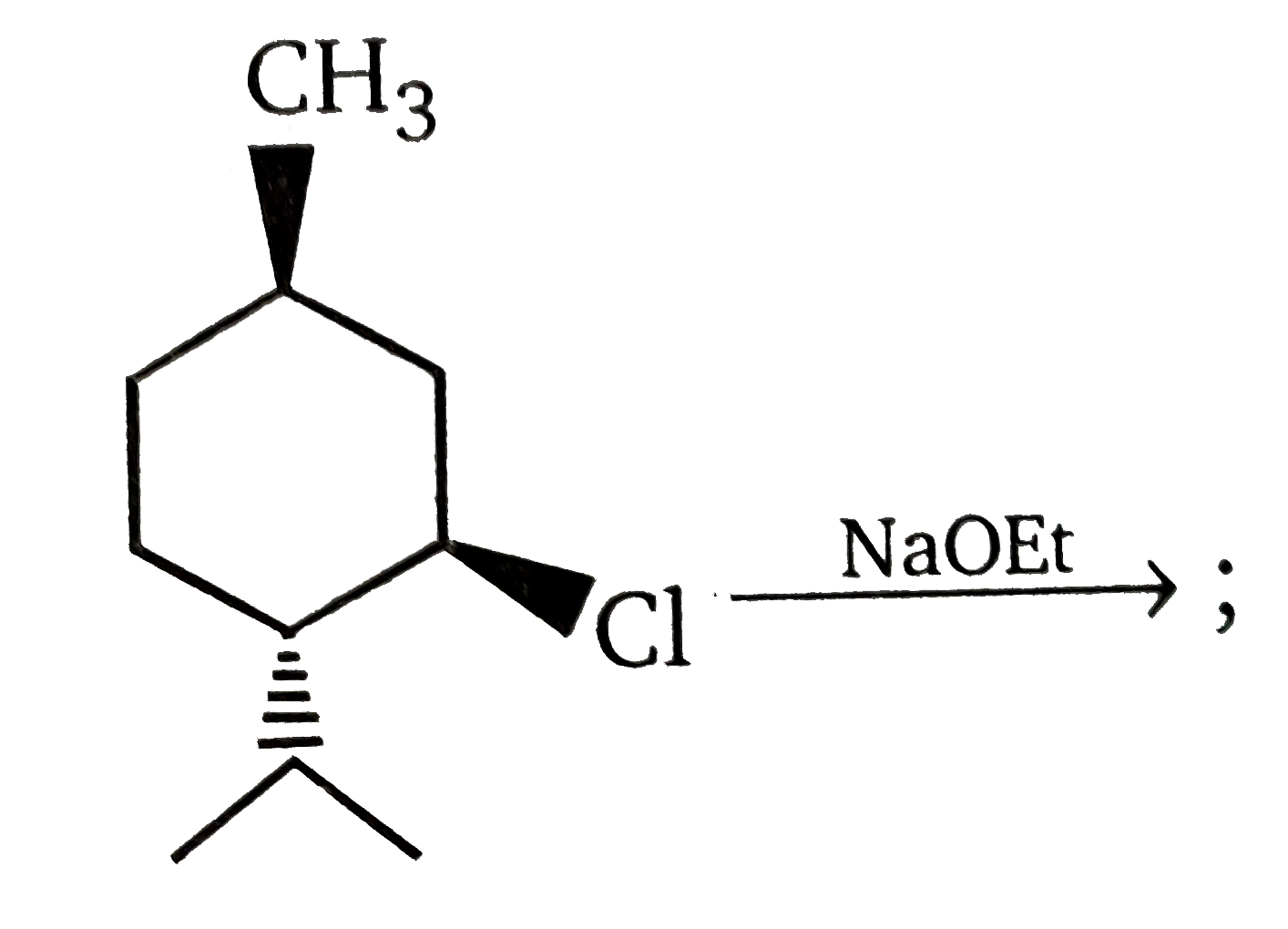 ,major product of the reaction of the reaction is:A
,major product of the reaction of the reaction is:A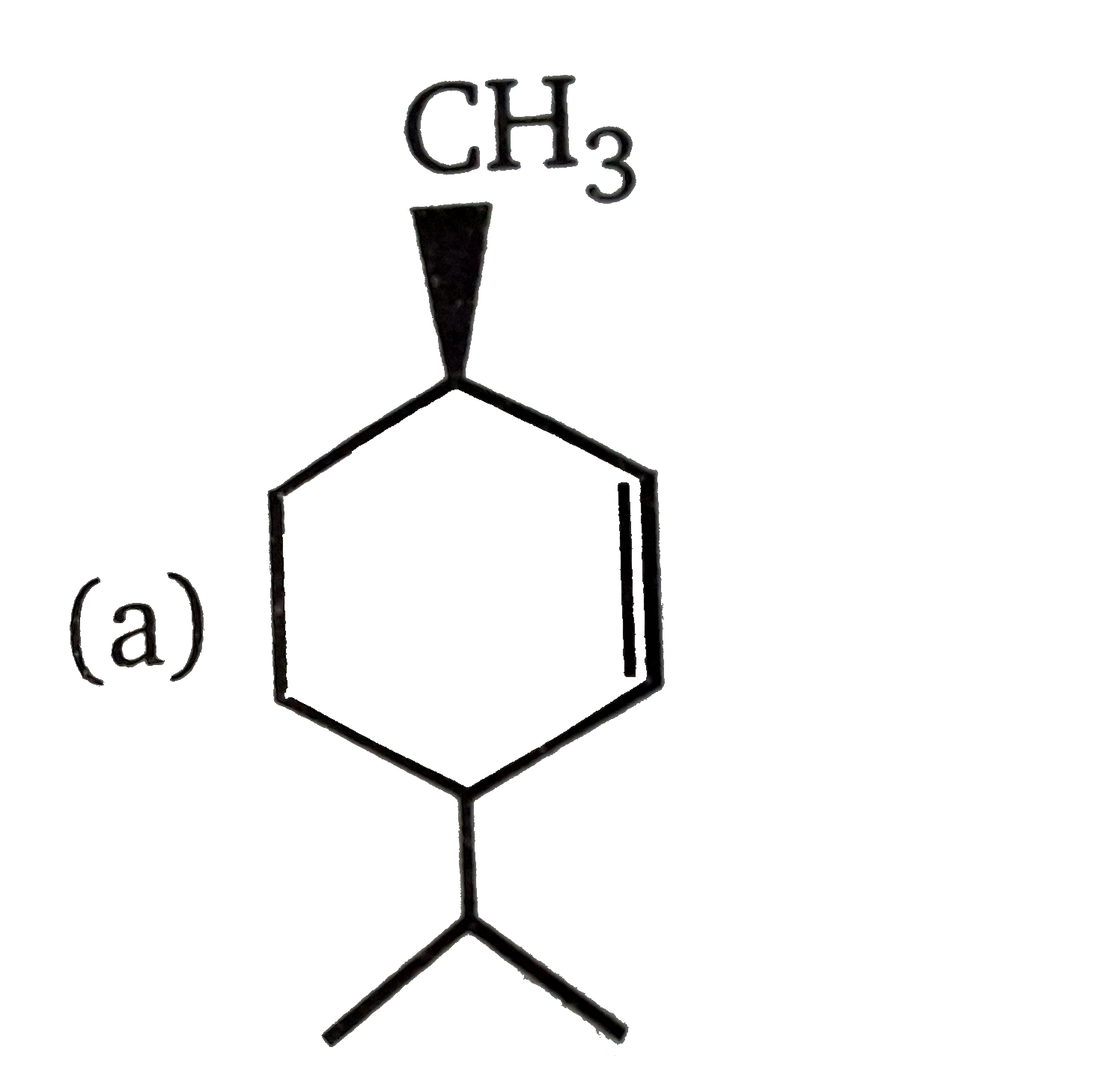 B
B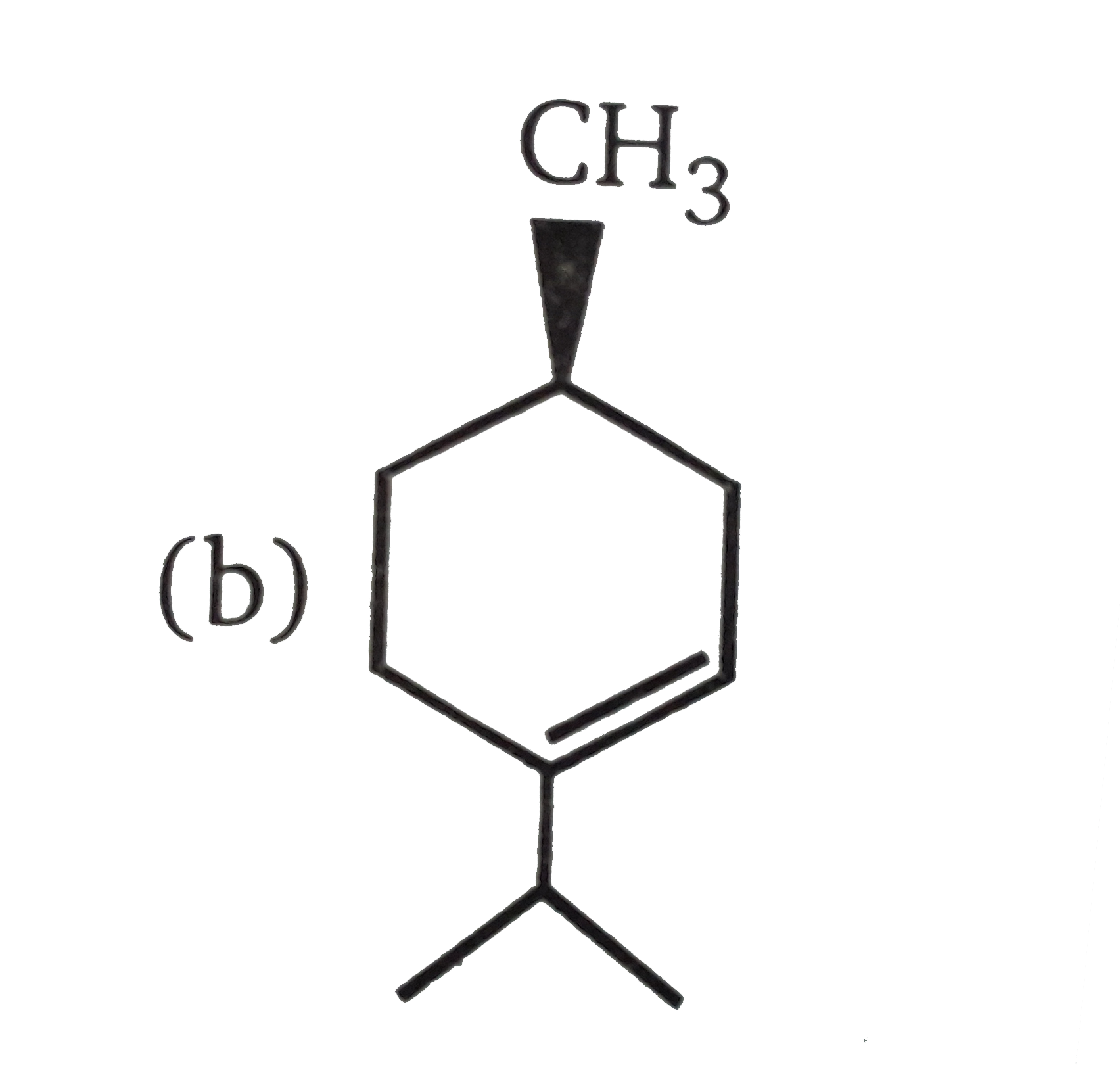 C
C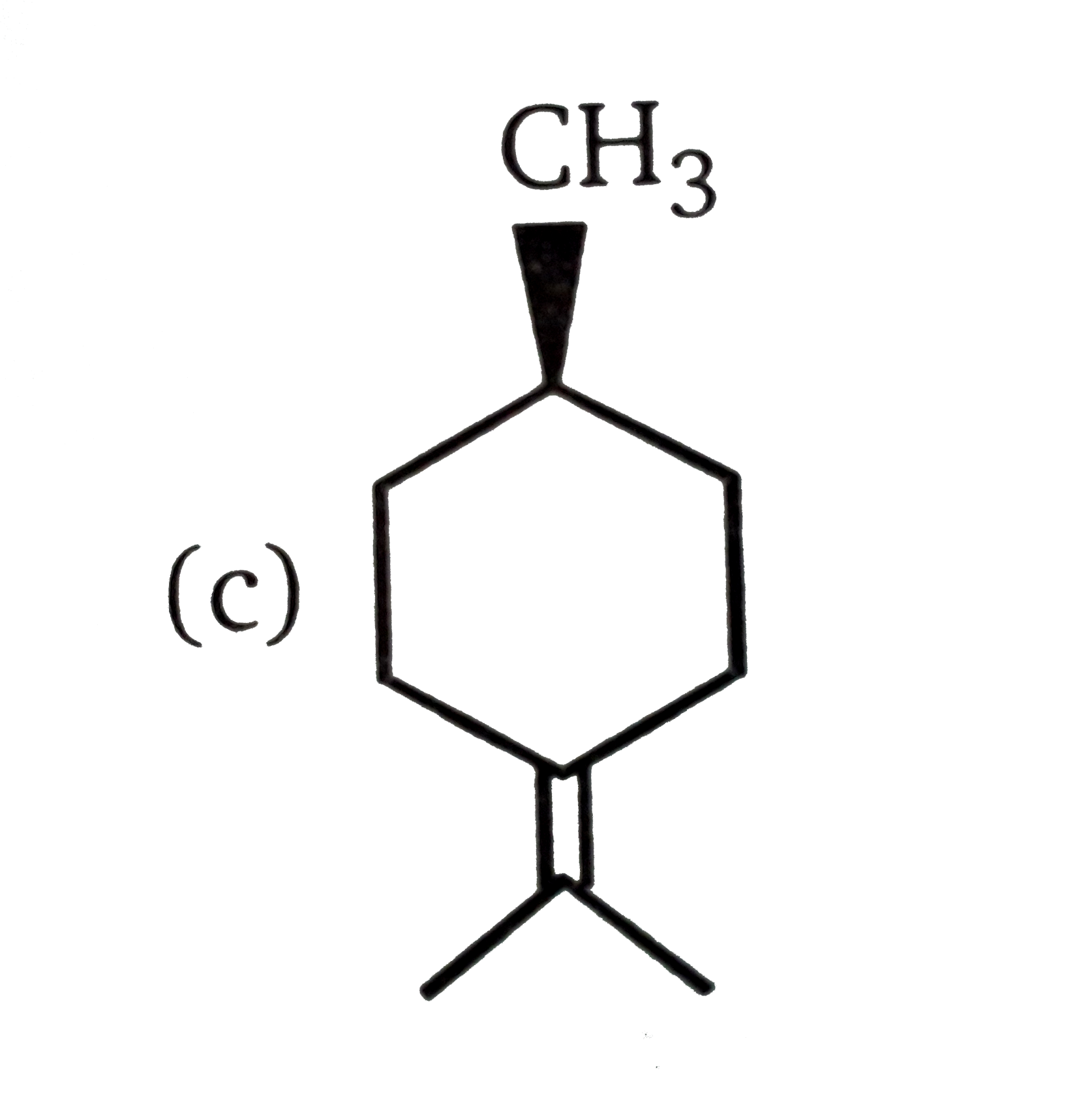 D
D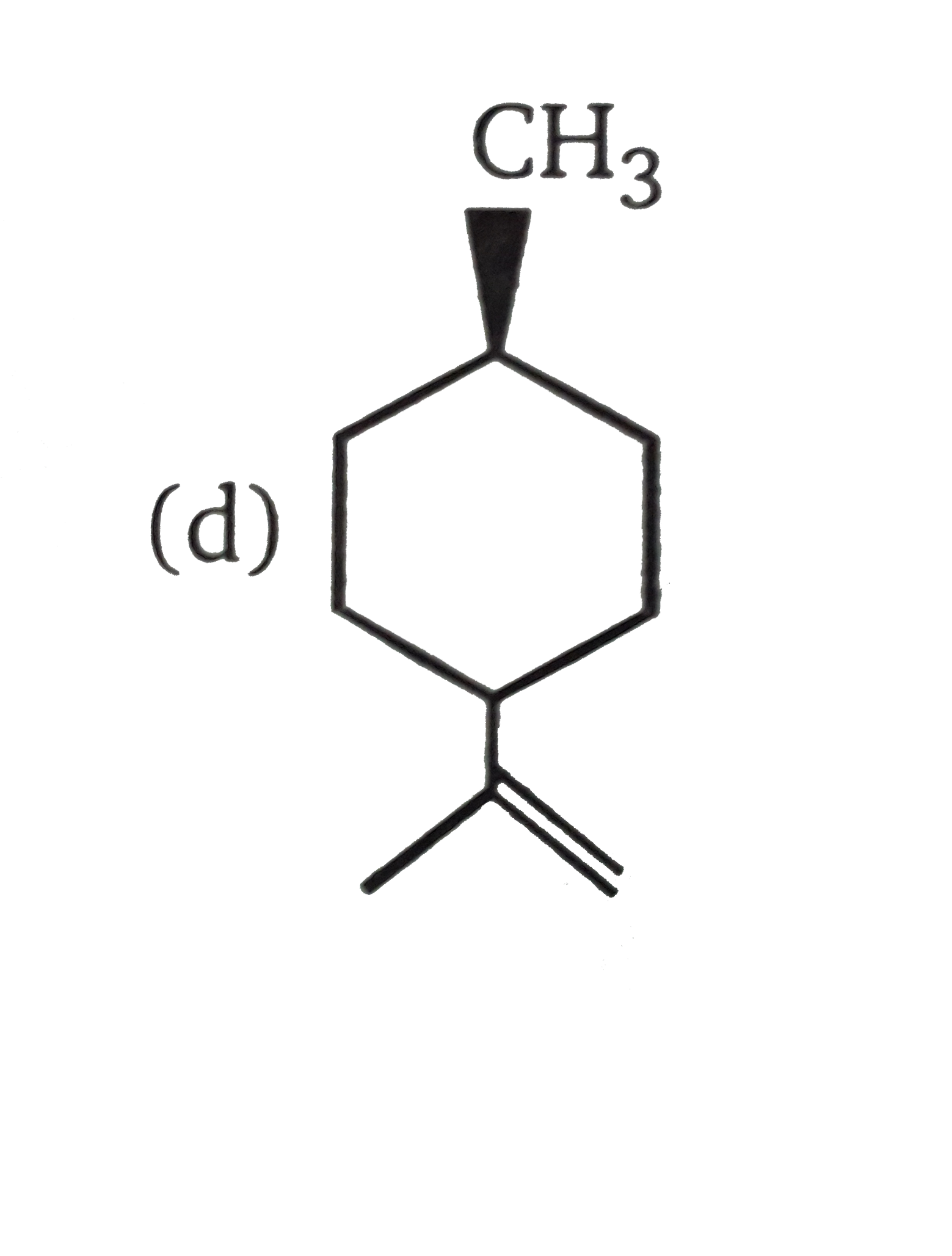
Why are decomposition reactions called the opposite of combination reactions? Write equations for these reactions.
View SolutionWhy are decomposition reactions called the opposite of combination reactions? Write equations for these reactions.
View SolutionThe half-life of a reaction is halved as the initial concentration of the reaction is doubled. The order of the reaction is
View SolutionWhat will be the heat of reaction for the following reaction? Will the reaction be exothermic or endothermic?
View SolutionThe rate constant of a reaction has same units as the rate of reaction. The reaction is of:
View Solution
